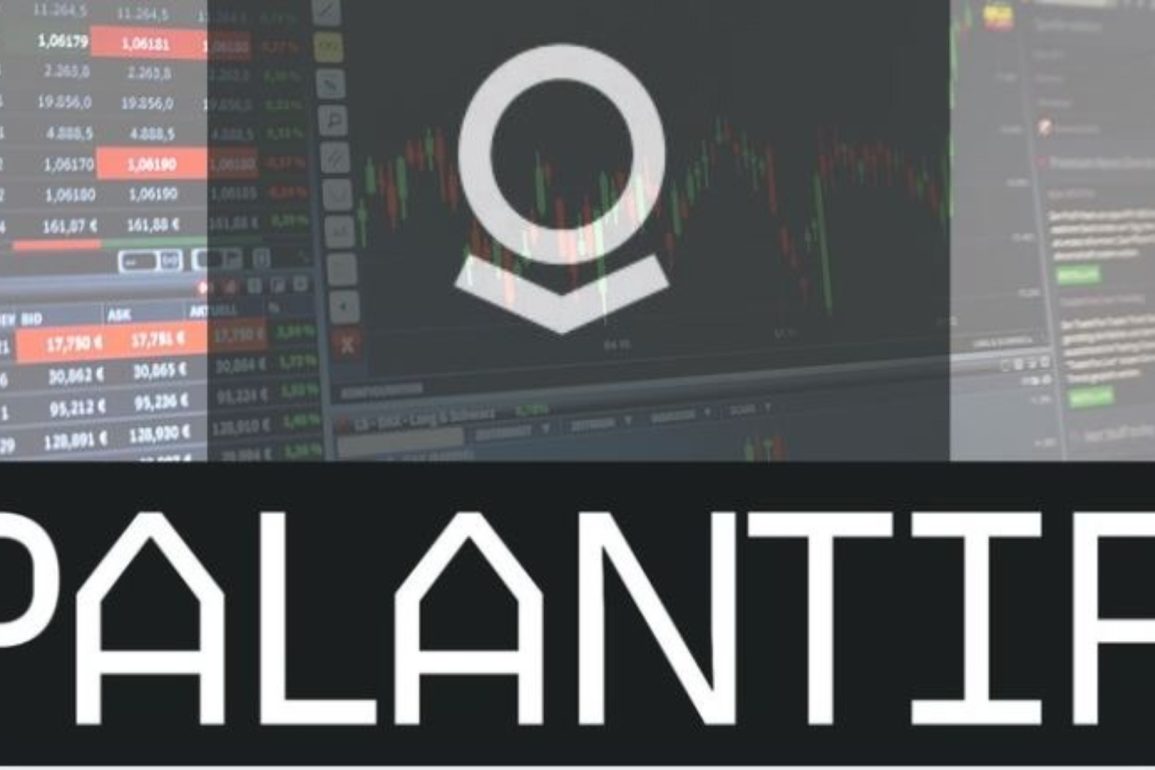- In just seven days, Palantir stock price has declined by more than 20%. What are the odds it could reverse its losses? We assess this and more.
Palantir Technologies (NASDAQ: PLTR) has had a big drop in its stock price over the past week. Palantir stock price fell from a record high of $190 on August 12, 2025, to a close of $156.18 on August 21. This is the longest losing run for the stock since April 2024, and it has lost more than $73 billion in market value in less than ten days.
What’s Causing Palantir Stock Price Decline?
The drop seems to be caused by a number of factors:
- Concerns About Valuation and pressure from short sellers: The stock is currently trading with its value locked in for many years of spectacular, sustained growth. This is supported by a high price-to-earnings (P/E) ratio above 200 and a price-to-sales (P/S) ratio over 100. This means that there is no room for error and that it is very likely to be affected by any slight change in market sentiment.
Recent research from Citron suggests that Palantir is “disconnected from fundamentals and analysis,” and that its stock price would drop substantially if it traded at a valuation multiple comparable to OpenAI or another “true” leader in artificial intelligence. Some analysts, on the other hand, see the dip as an opportune entry point since they believe in Palantir’s long-term story of AI-driven growth. - A Broader Market-wide decline: The drop fits with a market-wide selloff of high-flying AI and tech equities as worries mount about an AI bubble and uncertainty in the economy as a whole. The stocks of other companies in the same space, like Nvidia (NVDA) and Meta (META), have also gone down, and Palantir finds itself in this maze. Meanwhile, high volumes of trade happening means that institutions are taking profits after the PLTR price increase after its most recent earning results.
- Shifting Sentiment and Insider Selling: Palantir CEO Alexander Karp filed a petition to sell 585,000 shares worth around $88.5 million at a price of approximately $151 per share, which added to the short-term pressure that was already present.
In 2025, Palantir’s stock enjoyed an incredible run, increasing in value by more than 100% prior to this latest downturn. Investors will naturally want to take profit after a big rise like this. This profit-taking, especially by short-term traders, can set off a chain reaction that raises downward pressure.
Potential Triggers for a Recovery
The stock has been volatile, as illustrated by the V-shaped recovery that happened on August 20. Analysts are still varied, but mostly bullish, and many raised their price targets after Q2 earnings. These include, for example, Wedbush at $200, Piper Sandler at $182, and Bank of America at $180.
Recovery could be triggered by:
- Macroeconomic conditions and Fed policy: Federal Reserve Chairman, Jerome Powell, gave a dovish speech at Jackson Hole (August 22–24) that hinted at rate reduction. This could lead to a broader tech comeback. The markets are betting on a 80–85% possibility of a cut in September as per CME Fed Watch tool. This could ease pressure on valuations and move money back into growth stocks like PLTR. In addition, good economic news, like more jobs being created, could ease fears of a recession that are causing the present rotation.
- Recovery in the broader tech sector: As interest in AI grows again, thanks to its use in data analytics and security, Palantir’s solid fundamentals (22% profit margin, $6B cash, 15% ROE) put it in a good position. Some people think the retreat is a good way to reset after the bubble-like climb in 2025, and they think it might go back to $170–190 if macro fears go down.
- Market Sentiment and Technical Factors: The stock’s oversold indicators, like the RSI, point to a good chance that Plantir stock price could go against the market. If short interest goes up any more but the stock stays above important support levels like $150–155, it could cause a short squeeze. There may be renewed interest in AI because of earnings reports from companies in the same field, like Nvidia’s on August 28, or because of political events that support defense and tech. 4. Showing AIP’s Scalability and ROI: Palantir’s Artificial Intelligence Platform (AIP) is at the heart of its growth narrative. A rebound could happen if the corporation gives strong proof that AIP is working.
- Demonstrating AIP’s Scalability and ROI: Palantir’s Artificial Intelligence Platform (AIP) is central to its growth story. A recovery could be triggered by the company providing compelling evidence of AIP’s success
In Summary
Overall, PLTR’s future depends on economic stability and continued growth execution, even though there is still a lot of volatility in the short term. A return to “buy the dip” mindset based on fundamentals could help the outlook. Also, major news, like NATO buying Palantir’s analytics technologies, gave the market a short-term lift in recent times. Similar announcements, especially those about government or strategic AI installations, could make investors want to buy again.
This article was originally published on InvestingCube.com. Republishing without permission is prohibited.


